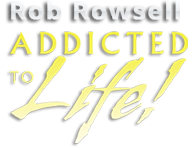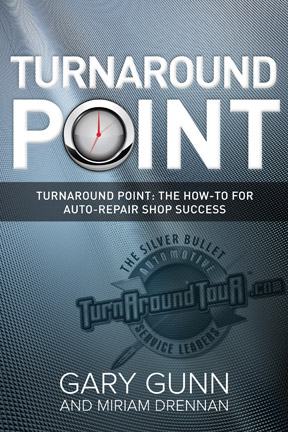In this guest appearance on Remarkable Results Radio, Rob Rowsell joins a panel discussing drug addiction and recovery. Rob’s experiences with meth, alcohol, and crack cocaine brought him to rock bottom in life. When he turned to Christ and decided he was done, Rob’s fortunes turned around. Therefore, Rob is the perfect guest to speak on the topic of substance abuse, as well as recovery. Listen up, and you may learn a lesson that could save a life.
Second Chance – Working with and Supporting Addiction
 We cover a lot of ground in this episode that will open your eyes to addiction, including:
We cover a lot of ground in this episode that will open your eyes to addiction, including:
- The way out
- Living life without
- The law of exposure
- The reward system
- Opioids, alcohol and other addictions
- The signs of relapse
The panel: Matt Fanslow, Eric Ziegler, Rob Rowsell, and Tanner Brandt. Here is a myth: People who struggle with addition come from a bad or broken home and have no support. And here is some truth: Until an addict says ‘Done’ no one can help them. Your heart may say you are done but your actions must demonstrate it.
At least one-third of you have a life experience with addiction or have a close friend, family member, or significant other who struggles. Use this episode in order to help yourself or someone you love with addiction.
Join Our Community
Do you own multi-family properties? If not, do you aspire to one day? Then you should consider joining our online discussion group, the ATL Inner Circle Community! Each month, Rob Rowsell will teach you what you must do in order to build wealth in the real estate business. It’s not as easy as it looks! Property taxes, liens, and legal fees can all be hard to navigate, so having a successful guide in your corner like Rob is a must! Sign up today!

 Gary Gunn, AAM’s book Turnaround Point is a total guide for auto repair shop owners. If you’re ready to turn your business around, download the chapter-by-chapter mp3s and the complete book in PDF format below. Apply these systems to your daily routine for maximum ROI from your staff!
Gary Gunn, AAM’s book Turnaround Point is a total guide for auto repair shop owners. If you’re ready to turn your business around, download the chapter-by-chapter mp3s and the complete book in PDF format below. Apply these systems to your daily routine for maximum ROI from your staff!